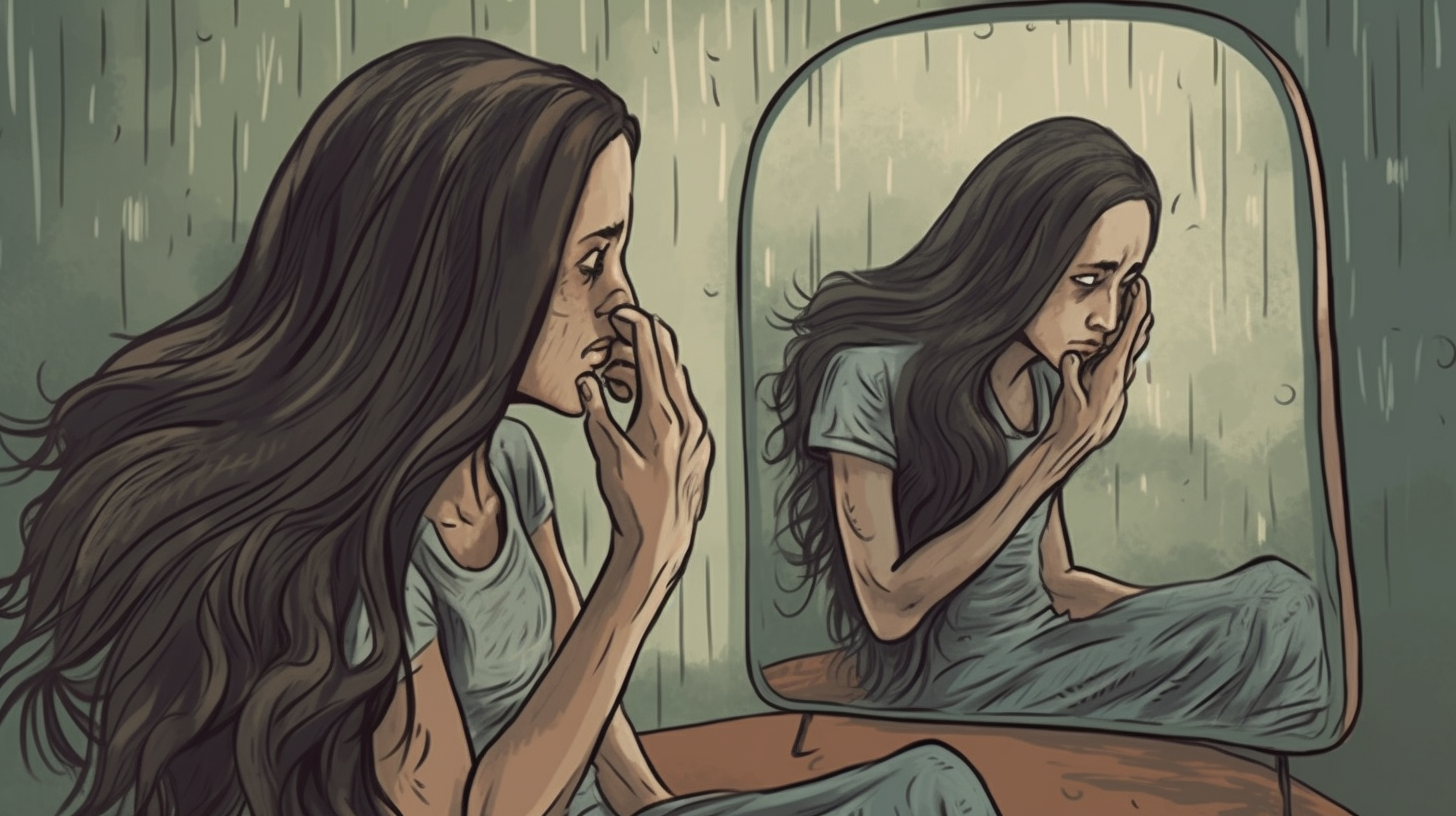The Hidden Culprits of Dandruff: Unveiling the Causes Behind Flaky Scalp
Welcome to our blog post on the hidden culprits of dandruff! If you’ve ever experienced an itchy, flaky scalp, you know just how frustrating and embarrassing dandruff can be. But have you ever wondered what causes those pesky white flakes? In this article, we will delve into the underlying causes of dandruff, exploring the factors that contribute to this common scalp condition.
The Primary Culprit: Malassezia
One of the primary causes of dandruff is a naturally occurring fungus called Malassezia. This fungus is present on everyone’s scalp, but for some individuals, it can become overactive and lead to dandruff. Malassezia feeds on the natural oils produced by your scalp, breaking them down into byproducts that can irritate your skin and trigger an inflammatory response.
Research has shown that individuals with dandruff have higher levels of Malassezia on their scalps compared to those without dandruff. The overgrowth of this fungus disrupts the delicate balance of your scalp’s ecosystem, leading to inflammation, itching, and excessive flaking.
Dry Skin: Another Culprit in Disguise
While Malassezia is a significant contributor to dandruff, it’s not the only culprit. Dry skin is another common cause of flaky scalp. When your skin lacks moisture, it becomes dry and prone to flaking. This dryness can be exacerbated by factors such as cold weather, low humidity environments, or excessive washing with harsh shampoos.
If you notice that your dandruff worsens during the winter months or in dry climates, it’s likely due to dry skin. In these cases, moisturizing your scalp regularly and using gentle shampoos can help alleviate the symptoms.
Seborrheic Dermatitis: The Chronic Dandruff Culprit
Seborrheic dermatitis is a chronic skin condition that affects areas of the body rich in oil glands, including the scalp. It presents as red, inflamed skin covered with greasy, yellowish scales. While the exact cause of seborrheic dermatitis is unknown, it is believed to be related to an overgrowth of Malassezia and an abnormal immune response.
If you have seborrheic dermatitis, you may experience persistent dandruff along with other symptoms such as itching, redness, and even hair loss. Managing this condition requires specialized treatment from a dermatologist, who may recommend medicated shampoos or topical creams to control the inflammation and reduce flaking.
Poor Scalp Hygiene and Hair Care
Another factor that can contribute to dandruff is poor scalp hygiene and hair care habits. Infrequent shampooing or inadequate removal of product buildup can lead to an accumulation of dead skin cells and oils on your scalp. This buildup creates an environment where Malassezia thrives, leading to dandruff.
To prevent dandruff caused by poor scalp hygiene, it’s important to maintain a regular hair washing routine using a gentle shampoo. Additionally, avoid using excessive amounts of styling products that can weigh down your hair and contribute to product buildup on your scalp.
Lifestyle Factors: Stress and Diet
Believe it or not, stress can also play a role in the development of dandruff. When you’re stressed, your body releases certain hormones that can impact your immune system’s response. This can affect the balance of microorganisms on your scalp and potentially lead to dandruff flare-ups. Finding healthy ways to manage stress, such as exercise or meditation, can help reduce the frequency and severity of dandruff episodes.
Additionally, your diet can influence your scalp health. Consuming a diet high in sugary and processed foods has been linked to an increased risk of dandruff. These foods can contribute to inflammation in the body, including on the scalp. Opting for a balanced diet rich in fruits, vegetables, and omega-3 fatty acids can promote overall scalp health and reduce the likelihood of dandruff.
Practical Tips for Managing Dandruff
Now that we’ve explored the various causes of dandruff, let’s discuss some practical tips for managing this condition:
- Use anti-dandruff shampoos: Look for shampoos containing active ingredients like zinc pyrithione, ketoconazole, or selenium sulfide. These ingredients help control the growth of Malassezia and reduce inflammation on your scalp.
- Avoid hot water: Hot water can strip away your scalp’s natural oils, leading to dryness and flaking. Opt for lukewarm water when washing your hair.
- Gently exfoliate: Regularly exfoliating your scalp can help remove dead skin cells and prevent buildup. You can use a soft brush or a gentle exfoliating scrub specifically designed for the scalp.
- Moisturize your scalp: If you have dry skin-related dandruff, using a moisturizer specifically formulated for the scalp can help soothe irritation and reduce flaking.
- Avoid excessive heat styling: Heat styling tools like blow dryers and straighteners can further dry out your scalp. Limit their use and always apply a heat protectant spray before styling.
Remember, it’s important to consult with a dermatologist if you have persistent or severe dandruff that doesn’t improve with over-the-counter treatments. They can provide personalized advice and recommend suitable treatment options based on your specific condition.
In Conclusion
Dandruff can be a pesky problem, but understanding its underlying causes is the first step towards effectively managing it. Whether it’s an overgrowth of Malassezia, dry skin, seborrheic dermatitis, poor scalp hygiene, or lifestyle factors like stress and diet, there are various culprits that can contribute to dandruff. By implementing good hair care practices and following the practical tips we’ve discussed, you can keep those white flakes at bay and enjoy a healthier scalp.



